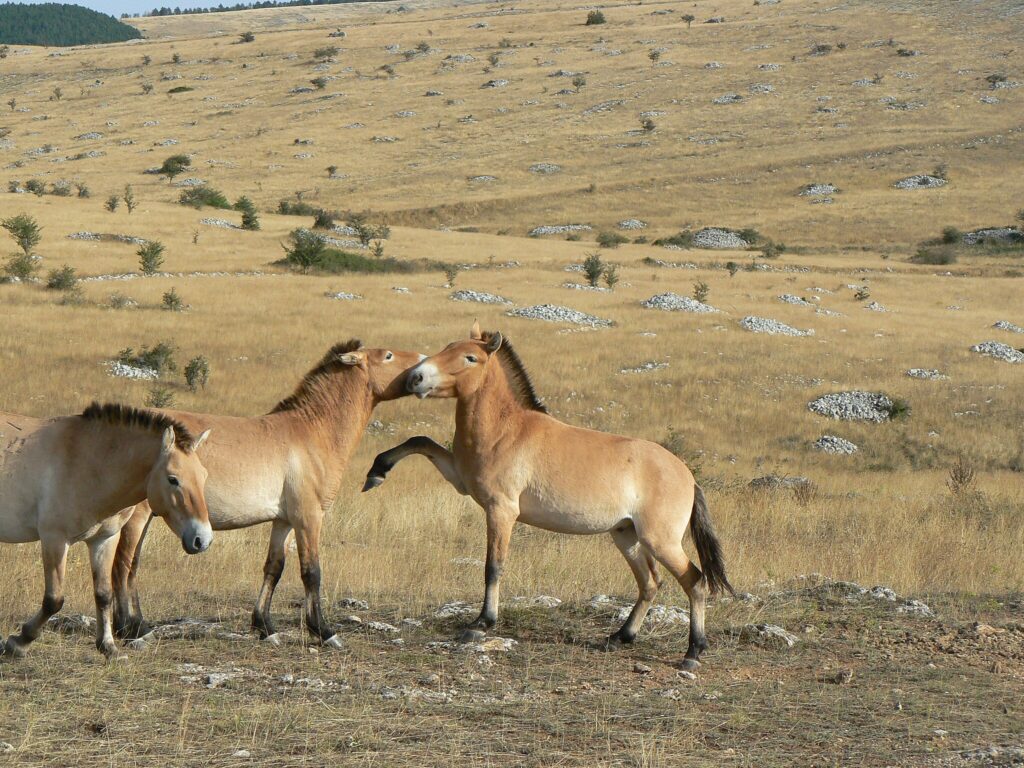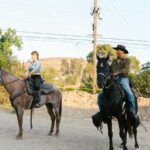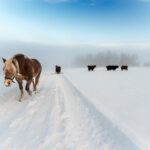In the vast tapestry of wildlife conservation, an unexpected ally has emerged from humanity’s oldest partnerships: the horse. While technology and modern machinery dominate many aspects of conservation work, horses offer unique advantages that have secured their place in protecting and preserving our natural world. These magnificent animals, who have carried humans through millennia of history, now play vital roles in conservation efforts across diverse landscapes – from dense forests to expansive grasslands. Their natural presence in wild environments, minimal ecological footprint, and remarkable physical capabilities make them invaluable partners in our quest to protect endangered species and fragile ecosystems. This exploration reveals how these traditional companions are making a significant impact in the thoroughly modern field of wildlife conservation.
The Historical Relationship Between Horses and Conservation
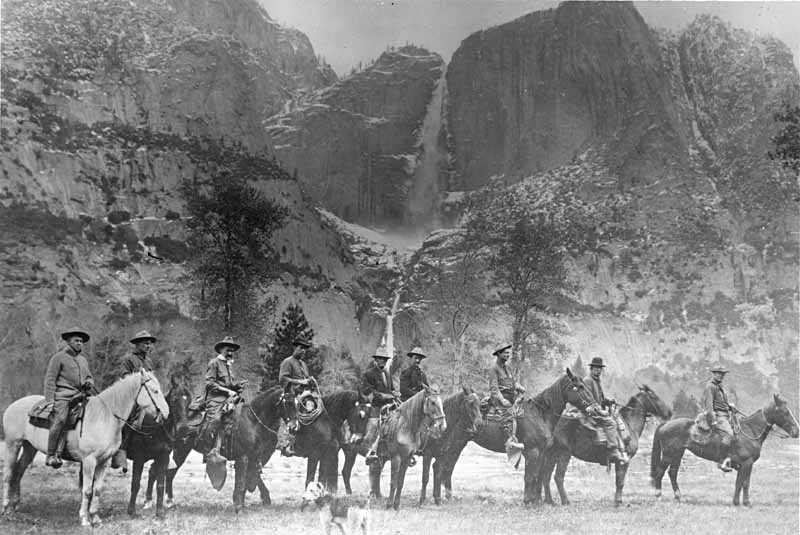
The partnership between horses and conservation efforts traces back to the earliest wildlife protection initiatives when mounted rangers patrolled the first national parks in America and Africa. In Yellowstone National Park, established in 1872, horses enabled rangers to monitor vast territories that would otherwise have been inaccessible, establishing a tradition that continues today. Before motorized vehicles, horses were the primary means for ecologists and naturalists to conduct field research in remote areas, allowing for the first systematic studies of wildlife behavior and population dynamics. This historical foundation created institutional knowledge about how to effectively incorporate horses into conservation work, with techniques refined over generations of practice. The time-tested relationship between horses and conservation professionals has evolved from necessity to a deliberate choice that balances tradition with modern scientific objectives.
Low-Impact Monitoring and Research
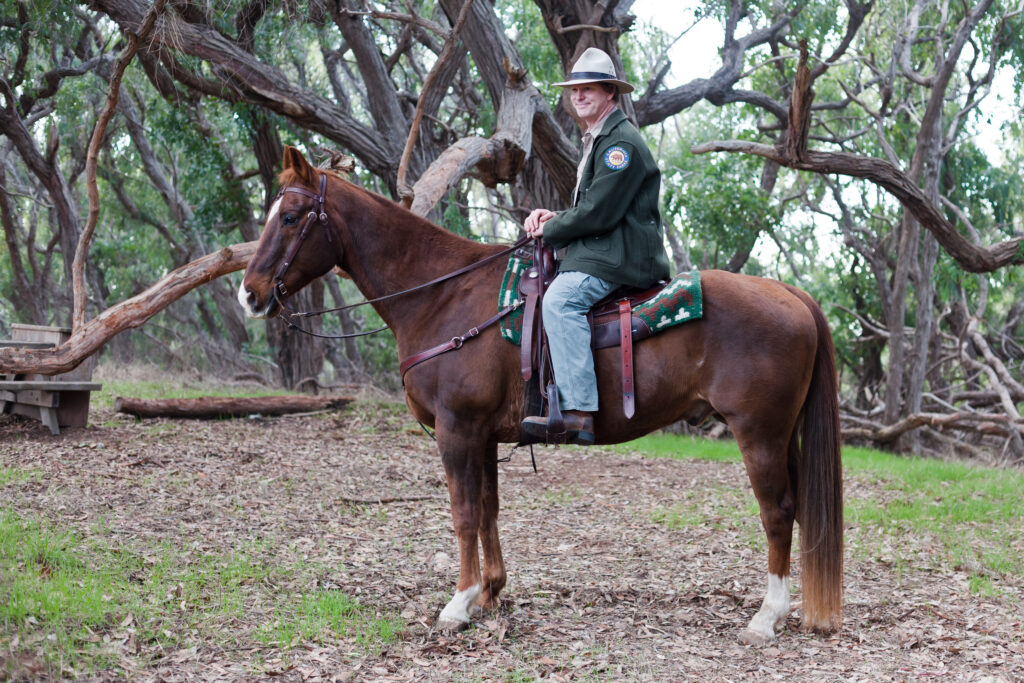
Horses enable wildlife researchers to conduct field studies with minimal disruption to natural behaviors, as many animals are less disturbed by horses than by motorized vehicles or even humans on foot. This advantage is particularly crucial when studying sensitive species that may alter their behavior or abandon territories when exposed to unfamiliar mechanical sounds and exhaust fumes. Mounted researchers can cover significantly more ground than walking teams while still moving slowly enough to make detailed observations and collect accurate data on species distribution, behavior, and habitat use. The elevated position afforded by horseback provides better vantage points for spotting wildlife in tall vegetation or complex terrain, improving the quality of visual surveys. Additionally, horses can access roadless wilderness areas where vehicles cannot penetrate, allowing for comprehensive ecological monitoring of pristine ecosystems that would otherwise remain understudied.
Habitat Management with Minimal Environmental Impact
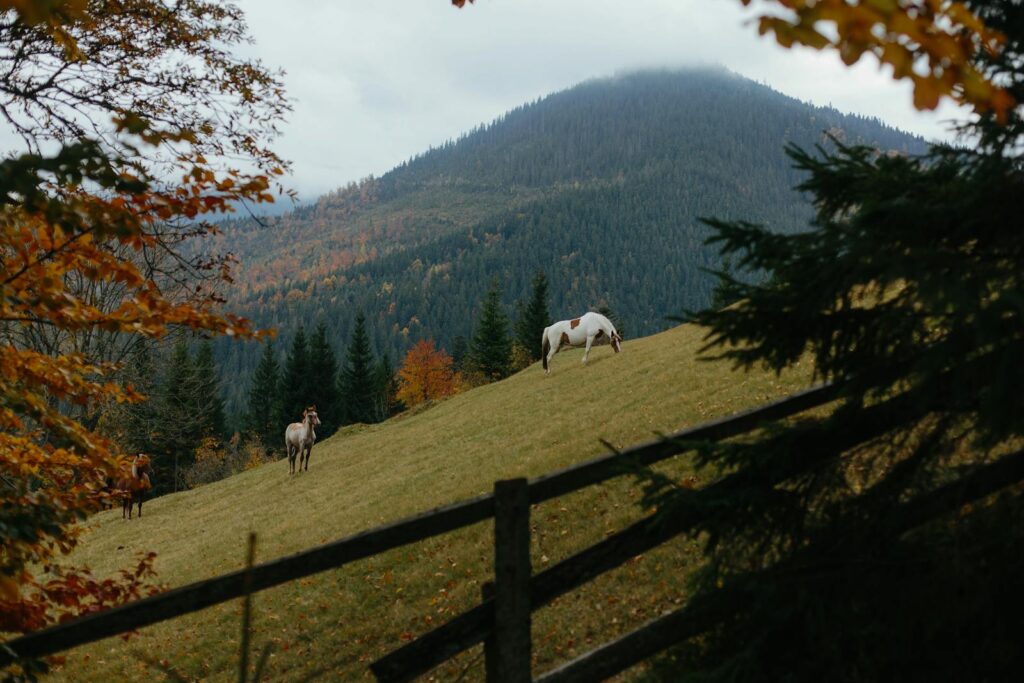
Conservation work frequently involves physical maintenance of habitats, where horses offer substantial advantages over heavy machinery in environmentally sensitive areas. When clearing invasive vegetation or maintaining firebreaks, horses and horse-drawn equipment create significantly less soil compaction than tractors and other mechanized tools, preserving soil health and underground habitat for burrowing creatures. Their selective grazing patterns can be deliberately employed to manage vegetation in ways that benefit target wildlife species, creating mosaic habitats that support greater biodiversity. Unlike vehicles, horses produce no toxic emissions or fluids that might contaminate soil or water sources, making them ideal for work in watersheds or areas with threatened amphibian populations. The organic waste horses produce actually returns nutrients to the ecosystem, potentially enhancing native plant growth in managed conservation areas.
Backcountry Trail Maintenance and Restoration
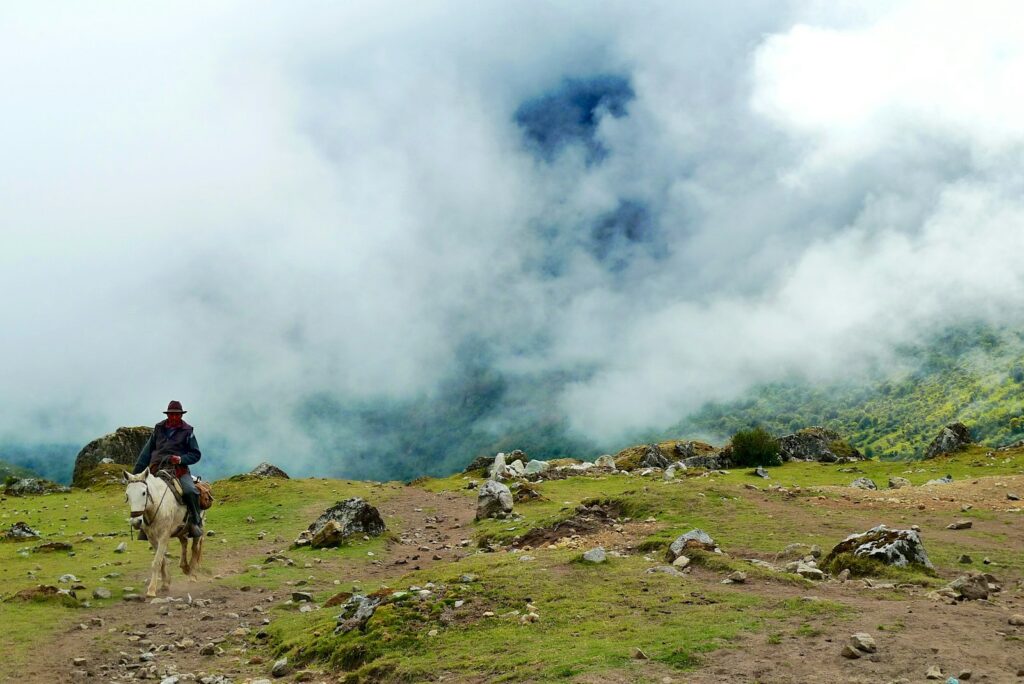
Horses stand unrivaled in their ability to transport heavy materials and equipment into remote wilderness areas for trail maintenance and habitat restoration projects. Pack horses can carry up to 20% of their body weight—approximately 200-250 pounds for an average horse—making them capable of bringing tools, fencing materials, and native plants deep into protected lands without requiring road construction. In mountainous conservation areas, specialized trail crews on horseback maintain hundreds of miles of backcountry routes each year, preventing erosion that would otherwise damage streams and wildlife habitat. The U.S. Forest Service and similar agencies worldwide still maintain dedicated pack animal programs specifically because no modern technology has matched the horse’s combination of carrying capacity and ability to navigate difficult terrain responsibly. During restoration projects, horses can transport thousands of native seedlings to reforestation sites that would be inaccessible to vehicles, accelerating ecosystem recovery after fires or invasive species removal.
Anti-Poaching Patrols and Wildlife Protection
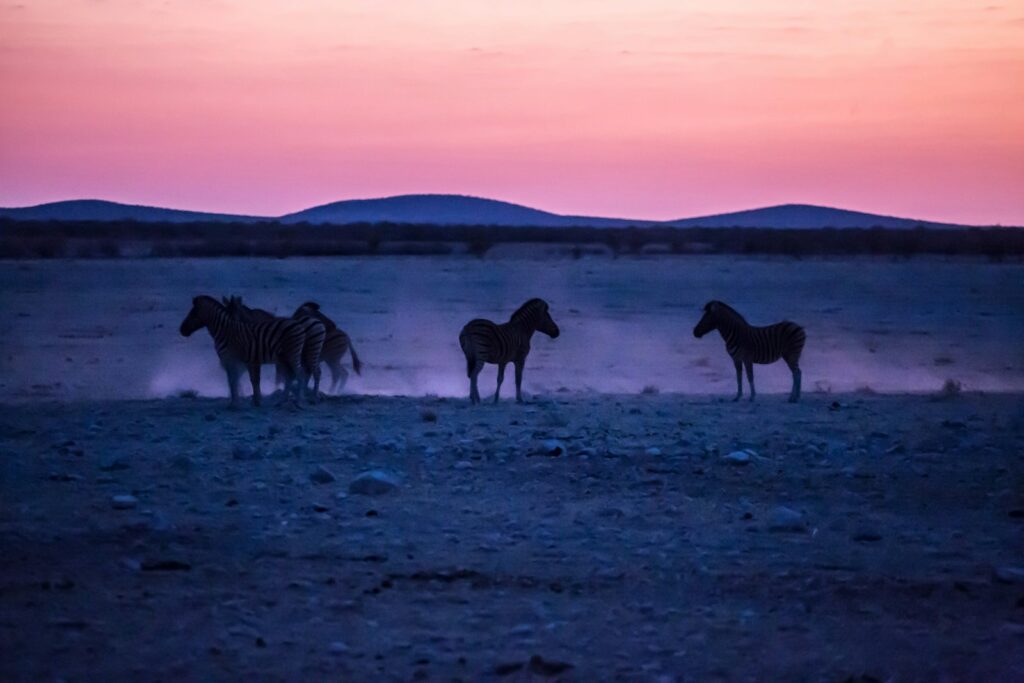
Mounted rangers and anti-poaching units represent one of the most visible and effective uses of horses in modern conservation, particularly in regions facing serious wildlife crime threats. Horses provide these conservation officers with superior mobility compared to foot patrols, allowing them to cover expansive territories and respond rapidly to reports of illegal activity. In protected areas of Africa and Asia, mounted anti-poaching teams have demonstrated significantly better results in intercepting poachers than non-mounted units, particularly in open savanna environments where visibility and speed are tactical advantages. Horses’ natural senses—especially their acute hearing and keen sense of smell—often alert riders to human presence or disturbances before the rangers themselves would notice, providing a critical early warning system. The psychological impact of mounted patrols also serves as a powerful deterrent, as poachers recognize that outrunning or evading mounted officers is substantially more difficult than evading those on foot.
Rewilding and Ecological Restoration
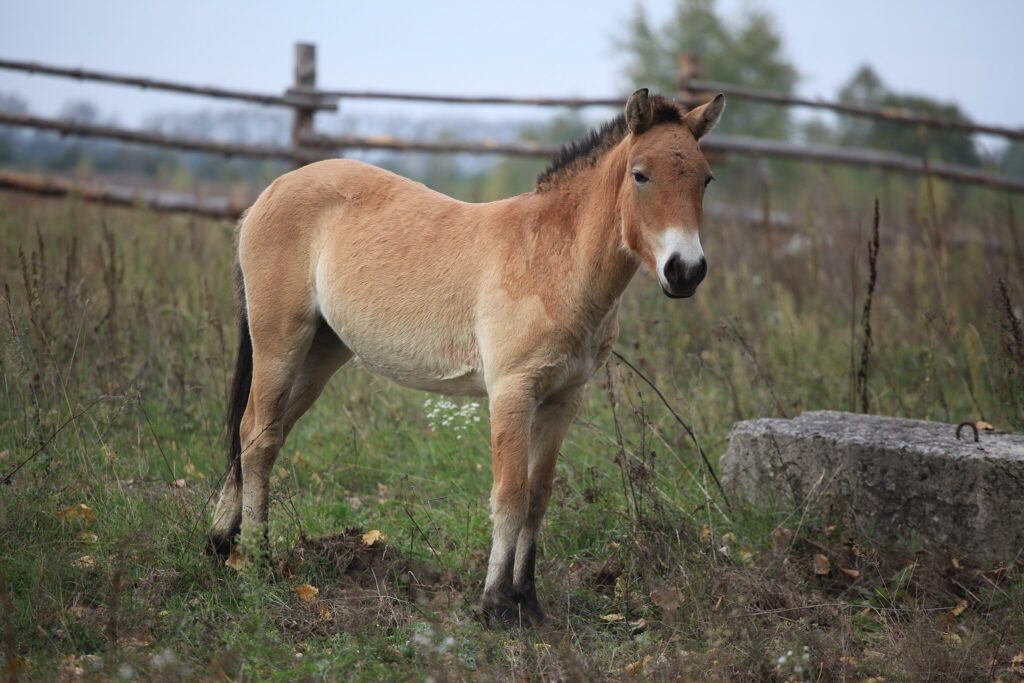
In ambitious rewilding projects, horses themselves are becoming both the means and the ends of conservation, serving as ecological restoration tools while also being protected as keystone species. The reintroduction of wild horses and their close relatives to their native ranges—such as Przewalski’s horses in Mongolia and European wild horses in various rewilding sites—helps restore natural grazing patterns that historically shaped these ecosystems. Their grazing and browsing behaviors create microhabitats that benefit countless other species, from insects that thrive in short grass areas to birds that nest in the complex vegetation structure that develops under horse management. Horses’ movements through landscapes aid in seed dispersal, with many plant species having evolved seeds that stick to animal hair or pass through digestive systems undamaged. In northern regions, their winter pawing for food beneath snow creates access points for smaller animals and exposures vegetation that would otherwise remain inaccessible to wildlife during harsh seasons.
Conservation Grazing Programs
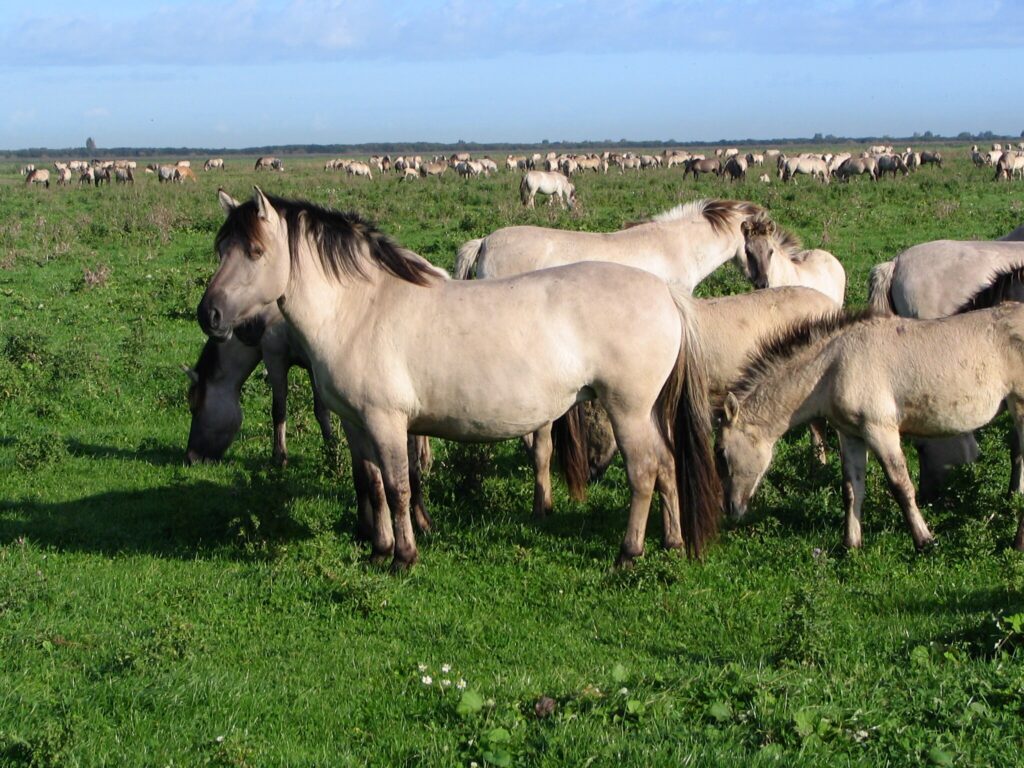
Sophisticated conservation grazing initiatives now employ domestic horses as ecological management tools to maintain specific habitat conditions required by endangered species. These programs carefully control grazing timing, duration, and intensity to achieve particular vegetation structures that may benefit ground-nesting birds, rare butterflies, or threatened plant communities. The Konik horse, a hardy breed descended from the extinct Tarpan, has become particularly valued for conservation grazing due to its primitive characteristics and ability to thrive year-round in challenging environments with minimal human intervention. In wetland reserves across Europe, conservation managers have documented remarkable biodiversity increases following the introduction of managed horse grazing, with some endangered species rebounding significantly. Unlike cattle, which typically concentrate grazing in certain areas, horses move continuously while feeding, creating more heterogeneous vegetation patterns that support a wider range of wildlife species.
Remote Area Search and Rescue Operations
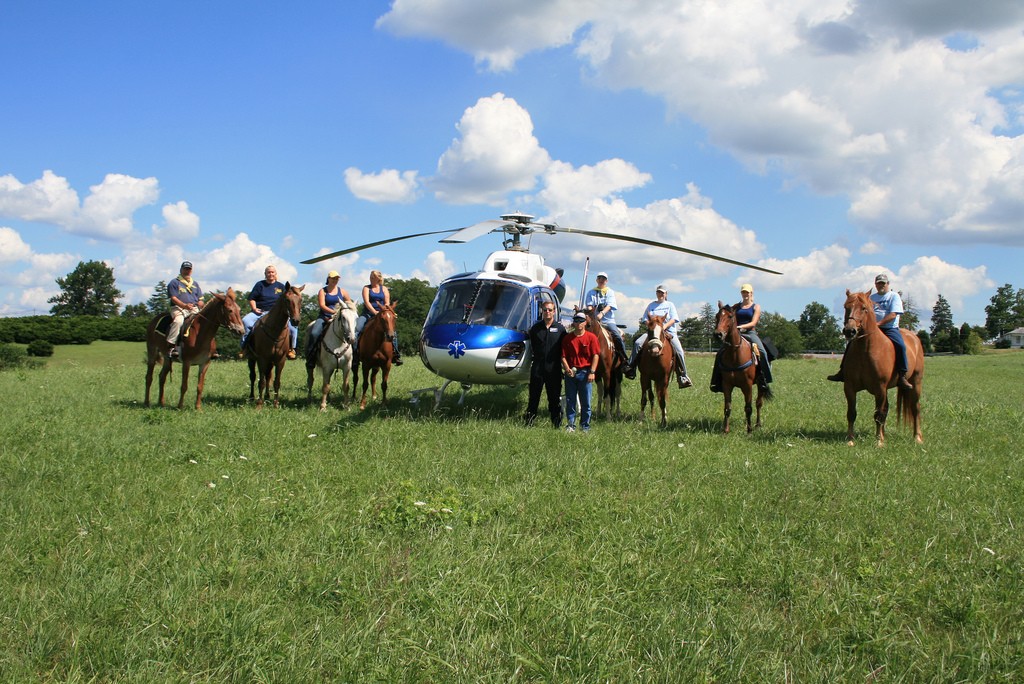
Conservation teams working in remote wilderness often rely on horses for safety and emergency response capabilities when accidents or injuries occur far from roads or helicopter landing zones. Horses can navigate difficult terrain to reach injured researchers or rangers, carrying medical supplies and, when necessary, evacuating patients from locations inaccessible to motorized transport. In mountainous conservation areas, specially trained search and rescue horses locate missing persons much more quickly than ground teams alone, potentially making life-saving differences during emergencies involving conservation volunteers or visitors. Their ability to work effectively in adverse weather conditions—including fog, rain, and snow—makes horses reliable emergency assets when aircraft cannot operate safely. This search and rescue capability enables conservation organizations to work more confidently in isolated areas, expanding the reach of research and protection efforts to include truly remote ecosystems.
Environmental Education and Public Engagement
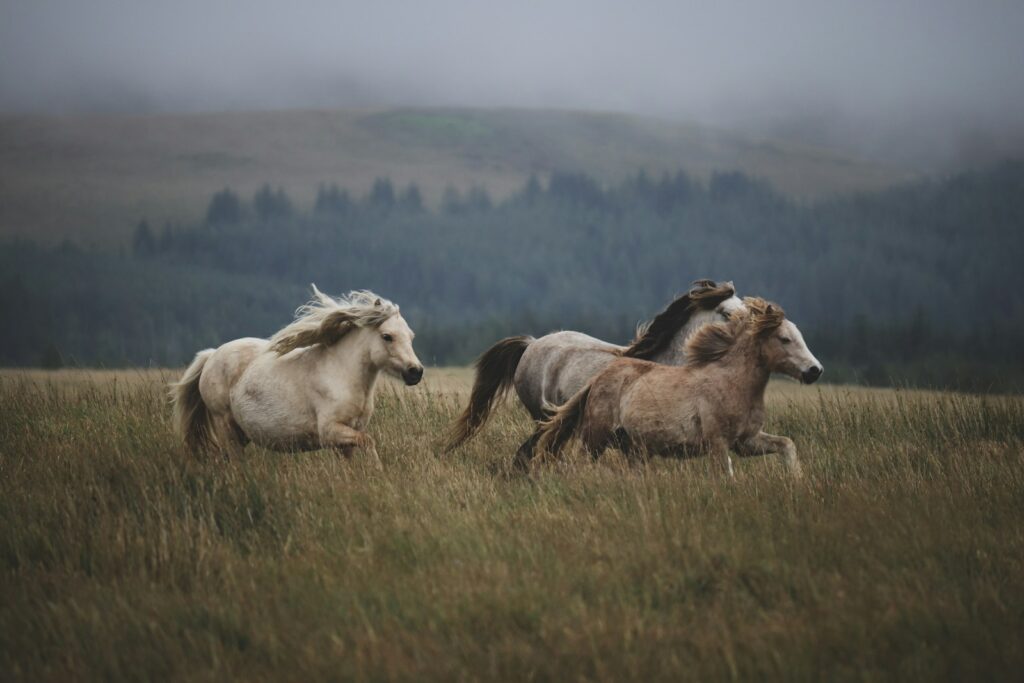
Conservation organizations increasingly utilize horses as powerful educational tools that create emotional connections between visitors and the natural world they’re working to protect. Mounted guides leading interpretive tours can transport visitors deeper into protected areas than they could comfortably walk, providing more immersive educational experiences while strictly controlling human impact on sensitive ecosystems. The novelty of horseback experiences attracts visitors who might otherwise show limited interest in conservation topics, creating opportunities to educate new audiences about environmental challenges and conservation successes. Children in particular respond powerfully to interactions with horses in nature, forming memorable experiences that conservation educators leverage to instill lifelong environmental values and awareness. Many conservation organizations have found that educational programs featuring horses generate significantly more public support and donations than conventional outreach efforts, helping fund broader protection initiatives.
Scientific Research on Wild Equid Conservation
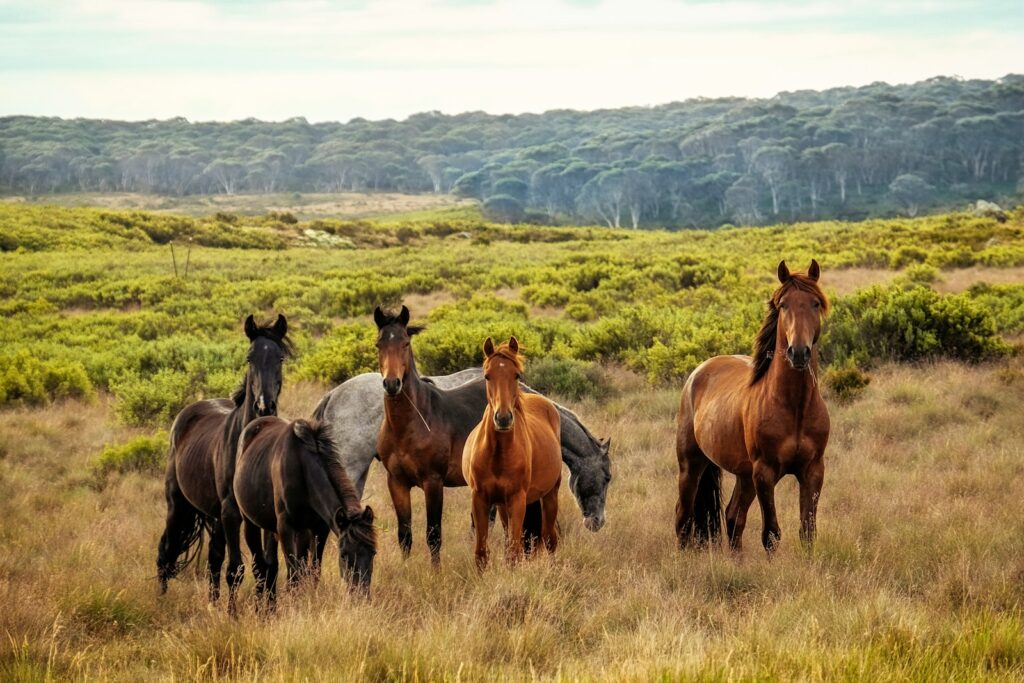
Research on wild horse populations and their ecological roles has become a specialized field within conservation biology, generating valuable insights applicable to broader wildlife management. Long-term studies of feral horse herds in places like the American West, Australia’s brumbies, and Europe’s rewilded populations provide data on natural population dynamics, social structures, and environmental interactions that inform management of both horses and other large herbivores. Genetic research on surviving primitive horse breeds and wild populations helps conservation breeding programs maintain genetic diversity critical for the species’ long-term resilience to disease and environmental change. Field studies using domestic horses as research platforms enable scientists to safely observe and document interactions between horses and predators like wolves and big cats, informing predator conservation strategies. This growing body of equine-focused research demonstrates that horses themselves are scientifically significant conservation subjects, not merely tools for conservation work.
Sustainable Tourism Supporting Conservation Efforts
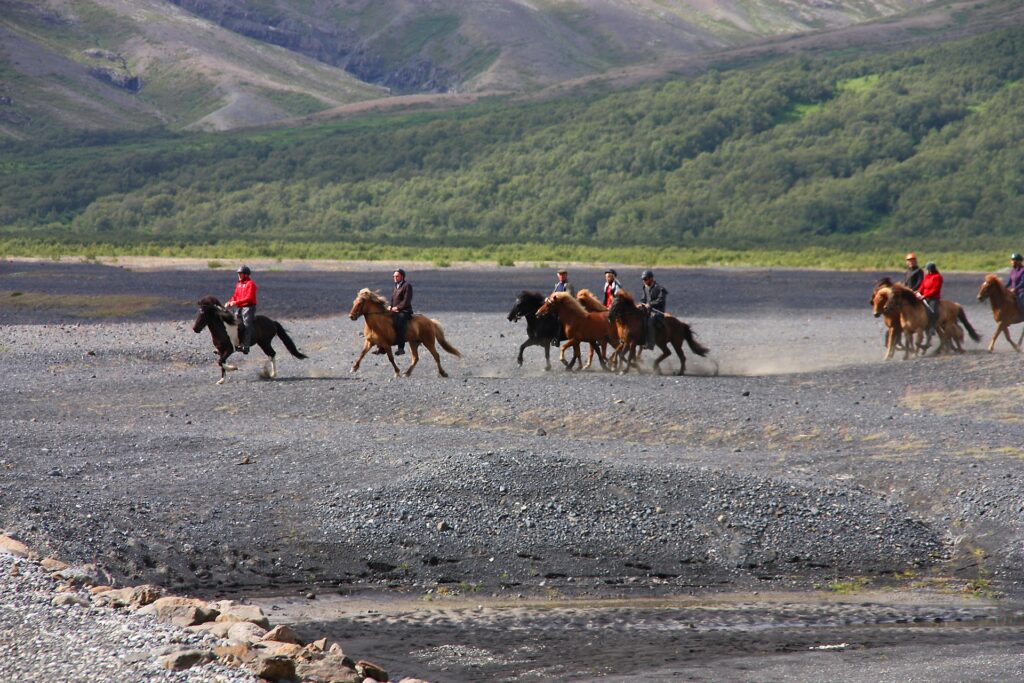
Horse-based ecotourism has emerged as a valuable financing mechanism for conservation projects worldwide, generating income that directly supports wildlife protection while creating sustainable livelihoods for local communities. In developing regions with significant biodiversity, horseback safaris and trail riding operations provide economic alternatives to extractive industries like logging or mining that would otherwise destroy critical habitats. Tourists typically pay premium prices for authentic horse-based wilderness experiences, creating revenue streams that support ranger salaries, habitat acquisition, and community development programs linked to conservation outcomes. Unlike vehicle-based tourism, well-managed equestrian tourism minimizes negative impacts on wildlife movement patterns and habitat quality, making it compatible with core conservation objectives. Many successful projects now feature community-owned horse tourism enterprises that give local people direct economic stakes in protecting wildlife and natural landscapes, transforming former poachers or resource extractors into dedicated conservation advocates.
Challenges and Limitations
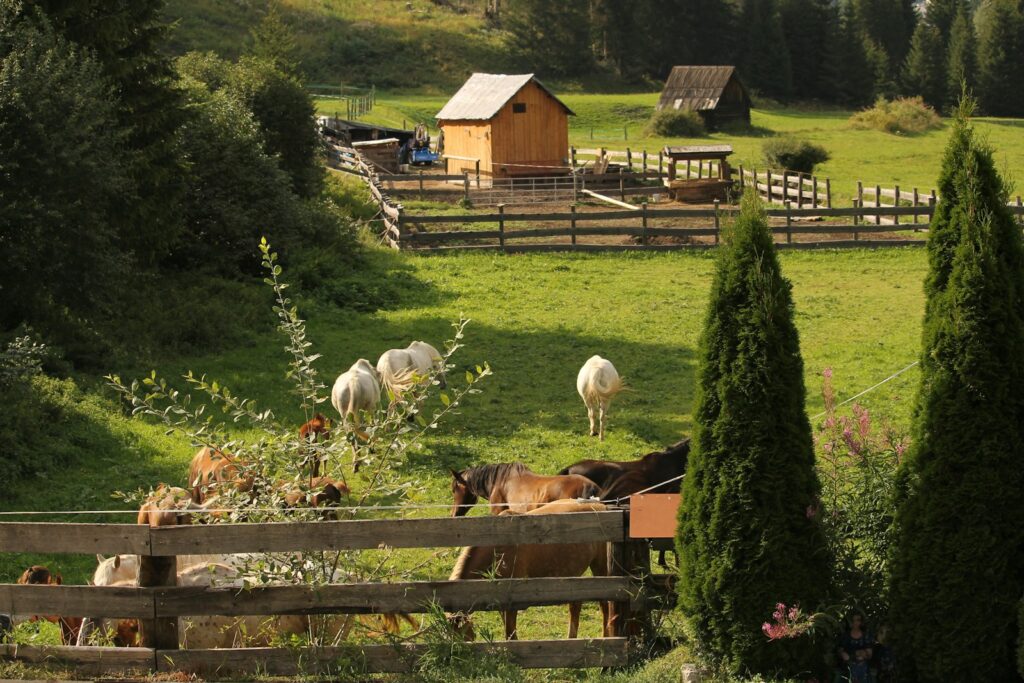
Despite their benefits, horses in conservation work present certain challenges that organizations must address through careful planning and specialized training. Proper care requirements—including veterinary attention, quality feed, and appropriate shelter—can create logistical complications in remote conservation areas where such resources may be difficult to obtain. Significant expertise is required to safely integrate horses into conservation operations, necessitating dedicated training programs for staff who may have scientific backgrounds but limited horsemanship experience. In some sensitive ecosystems, particularly those without evolutionary history of large herbivores, even horses’ relatively low environmental impact may be inappropriate, requiring case-by-case assessment of their suitability. Additionally, climate change has expanded the range of certain equine diseases and parasites, creating new health management challenges for conservation programs utilizing horses in previously low-risk regions.
Future Directions and Innovations
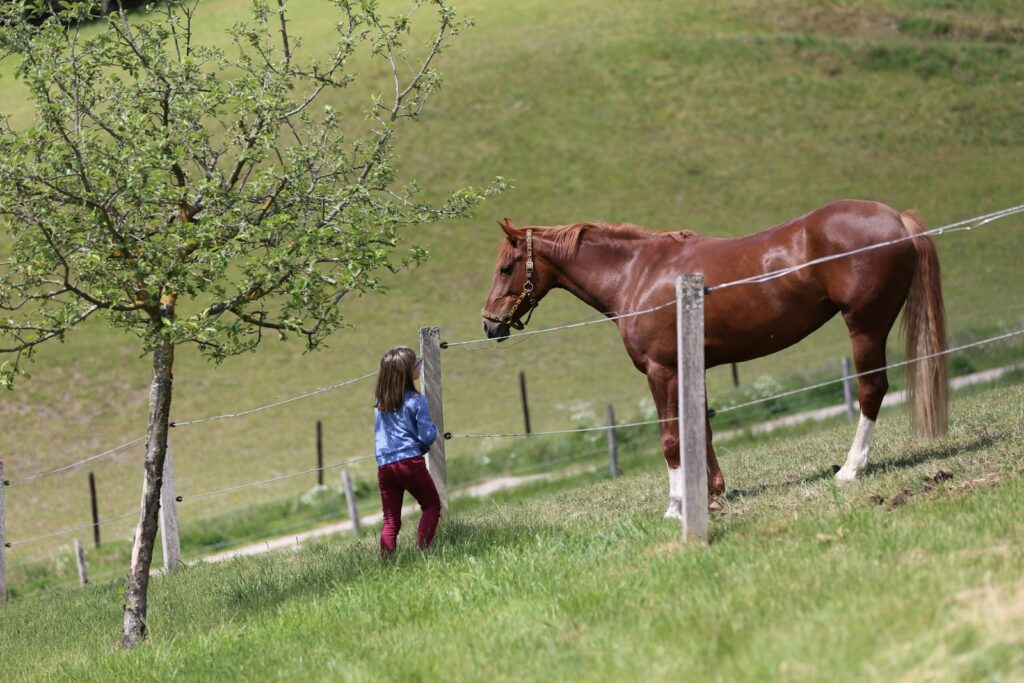
The future of horses in conservation looks promising, with innovative applications emerging as organizations recognize their unique advantages in an increasingly technology-driven field. New training methodologies are being developed specifically for conservation horses, emphasizing desensitization to wildlife encounters and specialized skills like standing motionless during observation sessions or navigating challenging wilderness obstacles. GPS tracking technologies originally developed for wildlife research are now being adapted to monitor conservation horses themselves, providing valuable data on their movements, grazing patterns, and environmental impacts. Climate change adaptation strategies increasingly incorporate horse-based approaches, as these animals can operate effectively during extreme weather events when mechanical vehicles may fail. Perhaps most encouraging, younger generations of conservation professionals are showing renewed interest in traditional horse-based skills, ensuring this knowledge will be preserved and expanded rather than lost to modernization.
In conclusion, horses represent a remarkable bridge between traditional knowledge and cutting-edge conservation science, offering solutions that are simultaneously ancient and innovative. Their continued relevance in an age of drones, satellite tracking, and genetic technologies speaks to the enduring value of these magnificent animals as conservation partners. As we face unprecedented environmental challenges, horses provide a sustainable, adaptable approach to wildlife protection that resonates with both ecological needs and human values. By combining the best of our historical relationship with horses and our modern understanding of conservation biology, we create powerful synergies that benefit threatened species and ecosystems worldwide. The horse’s role in conservation is not merely a charming anachronism but a sophisticated, evolving practice that will likely remain vital to global biodiversity protection efforts for generations to come.

